 12-18-2015, 06:12 PM
12-18-2015, 06:12 PM
|
#21 (permalink)
|
|
Master EcoModder
Join Date: Jan 2008
Location: Sanger,Texas,U.S.A.
Posts: 16,489
Thanks: 24,515
Thanked 7,436 Times in 4,817 Posts
|
visor
Quote:
Originally Posted by kach22i

|
The visor helps block unwanted sun in the driver's eye.It also reduces solar gain a bit which helps on AC load.
If your determined to have one,give it some leading edge radii to help with attached flow.
Here's one in the tunnel

__________________
Photobucket album: http://s1271.photobucket.com/albums/jj622/aerohead2/
|
|
|

|
|
The Following User Says Thank You to aerohead For This Useful Post:
|
|
 Today Today
|
|
|
|
 Other popular topics in this forum...
Other popular topics in this forum...
|
|
|
|
 12-18-2015, 06:22 PM
12-18-2015, 06:22 PM
|
#22 (permalink)
|
|
Master EcoModder
Join Date: Jan 2008
Location: Sanger,Texas,U.S.A.
Posts: 16,489
Thanks: 24,515
Thanked 7,436 Times in 4,817 Posts
|
slot
Quote:
Originally Posted by bluebunny

The radiused add-on's upper surface would be a fraction of an inch above the plane of the surface; I agree it is a disturbance, albeit a small and smooth one, with induced surface flow...
It is in the yawed flow, where the free stream flow is flowing away from the plane of the surface, where the slot might contribute to delay separation? The stronger the yaw, the stronger the slot should perform, and perform similar to a slotted wing to improve attachment? It sure benefits wings at high yaws! It's also known that wing slots are hurtful at low yaws, so maybe the net-net benefit for slots is negative, unless the plane of the surface normally falls away from the free-stream flow?
|
The flow on the outer surface of the slot will be starved for energy due to the inner flow and more prone to stall itself.
The jet of air will exacerbate Tollmien-Schlichting wave propagation and trash the boundary layer,compared to just a smooth radii.
Aeronautical aerodynamics and automotive aerodynamics diverged many,many decades ago,and for good reason.What works on an aircraft cannot work on a ground vehicle due to the ground proximity.(the answer is hiding in plain sight). 
__________________
Photobucket album: http://s1271.photobucket.com/albums/jj622/aerohead2/
Last edited by aerohead; 12-22-2015 at 03:24 PM..
Reason: spelling
|
|
|

|
|
The Following User Says Thank You to aerohead For This Useful Post:
|
|
 12-18-2015, 11:24 PM
12-18-2015, 11:24 PM
|
#23 (permalink)
|
|
Master EcoModder
Join Date: Aug 2012
Location: northwest of normal
Posts: 29,318
Thanks: 8,339
Thanked 9,103 Times in 7,519 Posts
|
Quote:
|
It's also known that wing slots are hurtful at low yaws, so maybe the net-net benefit for slots is negative, unless...
|
This suggests active controls. Have you looked at the work out of Georgia State or University of Warwick?
Oh man—now I have to worry about Tollman-Schlichting wave propagation? |
|
|

|
 12-19-2015, 12:57 PM
12-19-2015, 12:57 PM
|
#24 (permalink)
|
|
Master EcoModder
Join Date: Jan 2008
Location: Sanger,Texas,U.S.A.
Posts: 16,489
Thanks: 24,515
Thanked 7,436 Times in 4,817 Posts
|
canards
The 'canard',as others have mentioned already,is actually a high-lift leading-edge slat,or fixed,leading-edge slot.
Here's what 'GOD' says about them:
"Slots... permit the pressure of high-energy air from the lower surface(of a free-stream wing) to control the boundary layer on the upper surface are common features of high-lift (drag) devices.
When a slot is located at leading edges it differs from a leading-edge slat only in detail.
If slots are considered as a fixed high-lift device,the profile drag is an important characteristic...any of the slots investigated cause large increases in the minimum [profile drag.
Attempts have been made to maintain low drags with slots open by locating the slots so that there would be no flow through them in high speed condition.Such configurations have failed to improve the ratio of maximum lift to minimum drag over that of the plain wing section." Abbott & Von Doenhoff,'THE THEORY OF WING SECTIONS,' P.227
----------------------------------------------------------------------------------Hoerner cites the performance of the fixed,leading-edge slat STOL Fieseler Storch:
* Cd parasitic=0.062 vs Heinkel 70,Cd parasitic= 0.012
* Cd wetted = 0.0140 vs 0.0037
*Mechanical efficiency= 20% vs 74%
-----------------------------------------------------------------------------------
*High-Lift = High-Drag
-----------------------------------------------------------------------------------
Frey's 1933 staggered guide vanes worked remarkably well for 2-D flow,but were attached to a body which already had an optimized, radius'd
leading edge.And are not germane to 3-D flow.
Hucho has personally tested a suite of aeronautically-inspired gadgets on road vehicles.Nothing worked.
-------------------------------------------------------------------------------------
* If you lower the top of the 'slot',even with the rooftop,and close off the gap,you'll see a drag reduction.Not otherwise.It's scientifically impossible.
__________________
Photobucket album: http://s1271.photobucket.com/albums/jj622/aerohead2/
Last edited by aerohead; 12-19-2015 at 12:58 PM..
Reason: spelling
|
|
|

|
|
The Following User Says Thank You to aerohead For This Useful Post:
|
|
 12-19-2015, 02:21 PM
12-19-2015, 02:21 PM
|
#25 (permalink)
|
|
EcoModding Lurker
Join Date: Oct 2012
Location: chicagoland
Posts: 24
Thanks: 11
Thanked 11 Times in 7 Posts
|
Yup. At minimum yaw, there is significant additional drag associated with a slot. At otherwise large yaw stall conditions, the slot delays separation, and during delay separation, drag is significantly reduced. My original premise was that an abrupt, minimally radiused 90 degree bend to the flow is locked in at high yaw conditions, regardless of vehicle speed.
(Dang edits, I'll never reply via phone again...)
Last edited by bluebunny; 12-19-2015 at 02:32 PM..
|
|
|

|
 12-19-2015, 03:56 PM
12-19-2015, 03:56 PM
|
#26 (permalink)
|
|
EcoModding Lurker
Join Date: Oct 2012
Location: chicagoland
Posts: 24
Thanks: 11
Thanked 11 Times in 7 Posts
|
what a drag
|
|
|

|
|
The Following User Says Thank You to bluebunny For This Useful Post:
|
|
 12-21-2015, 03:58 PM
12-21-2015, 03:58 PM
|
#27 (permalink)
|
|
Master EcoModder
Join Date: Jan 2008
Location: Sanger,Texas,U.S.A.
Posts: 16,489
Thanks: 24,515
Thanked 7,436 Times in 4,817 Posts
|
yaw
Quote:
Originally Posted by bluebunny

Yup. At minimum yaw, there is significant additional drag associated with a slot. At otherwise large yaw stall conditions, the slot delays separation, and during delay separation, drag is significantly reduced. My original premise was that an abrupt, minimally radiused 90 degree bend to the flow is locked in at high yaw conditions, regardless of vehicle speed.
(Dang edits, I'll never reply via phone again...)
|
I think you're confusing yaw with angle of attack.
When a wing stalls,it has exceeded it's design angle of attack,has gone beyond burble point,and has full separation over it's top.
An aircraft does not fly in 'yaw',except for crosswind,where a pilot must crab to stay on course,but the lift/drag effect on the wing is moot.
Your slot may reduce drag,compared to a sharp,90-degree leading edges,but a leading edge of the same 'outside radius will have lower drag.
Slots are only for high-lift,short field landings and takeoffs,Otherwise they're pure drag.
__________________
Photobucket album: http://s1271.photobucket.com/albums/jj622/aerohead2/
|
|
|

|
|
The Following 2 Users Say Thank You to aerohead For This Useful Post:
|
|
 12-21-2015, 06:44 PM
12-21-2015, 06:44 PM
|
#28 (permalink)
|
|
EcoModding Lurker
Join Date: Oct 2012
Location: chicagoland
Posts: 24
Thanks: 11
Thanked 11 Times in 7 Posts
|
Quote:
Originally Posted by aerohead

Your slot may reduce drag,compared to a sharp,90-degree leading edges,but a leading edge of the same 'outside radius will have lower drag.
|
Ok  Finally down to the nitty-gritty...
1. We're talking automotive/truck aerodynamics...
2. Say a flat-front box shape exposed to an air stream, like on high wide box on local delivery truck..
3. Modest leading edge radii on top and sides, say 4"R
4. Lets also say smooth surfaces and transitions to planes of box.
5. No cab-roof mounted air deflector.
Case 1: the 4"R leading edge radii mentioned above.
Case 2: 8" half-pipes mitered/mounted to sharp-edged box's leading edges.
Separation typically does not occur? Even in crosswinds? Even without crosswinds?
__________________

Last edited by bluebunny; 12-21-2015 at 11:06 PM..
|
|
|

|
 12-22-2015, 04:17 PM
12-22-2015, 04:17 PM
|
#29 (permalink)
|
|
Master EcoModder
Join Date: Jan 2008
Location: Sanger,Texas,U.S.A.
Posts: 16,489
Thanks: 24,515
Thanked 7,436 Times in 4,817 Posts
|
separation
Quote:
Originally Posted by bluebunny

Ok  Finally down to the nitty-gritty...
1. We're talking automotive/truck aerodynamics...
2. Say a flat-front box shape exposed to an air stream, like on high wide box on local delivery truck..
3. Modest leading edge radii on top and sides, say 4"R
4. Lets also say smooth surfaces and transitions to planes of box.
5. No cab-roof mounted air deflector.
Case 1: the 4"R leading edge radii mentioned above.
Case 2: 8" half-pipes mitered/mounted to sharp-edged box's leading edges.
Separation typically does not occur? Even in crosswinds? Even without crosswinds? |
In a calm condition,with the sharp edges we'd be looking at
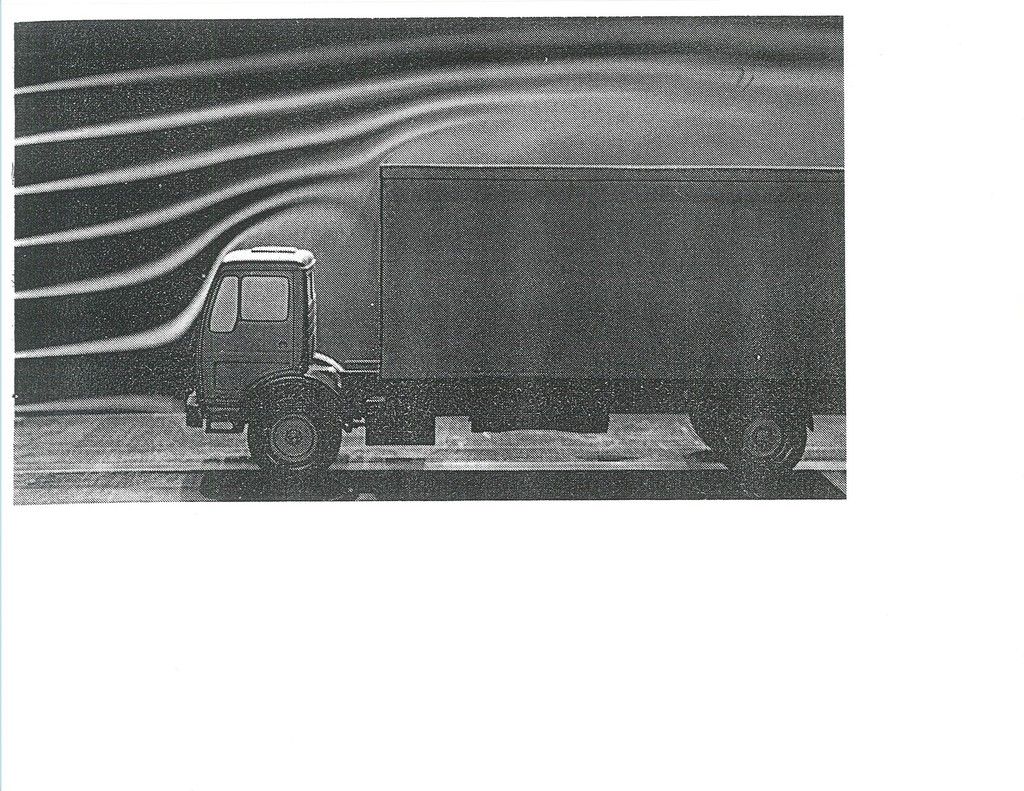
In a crosswind we'd have this jet blowing through the gap,destroying the flow.
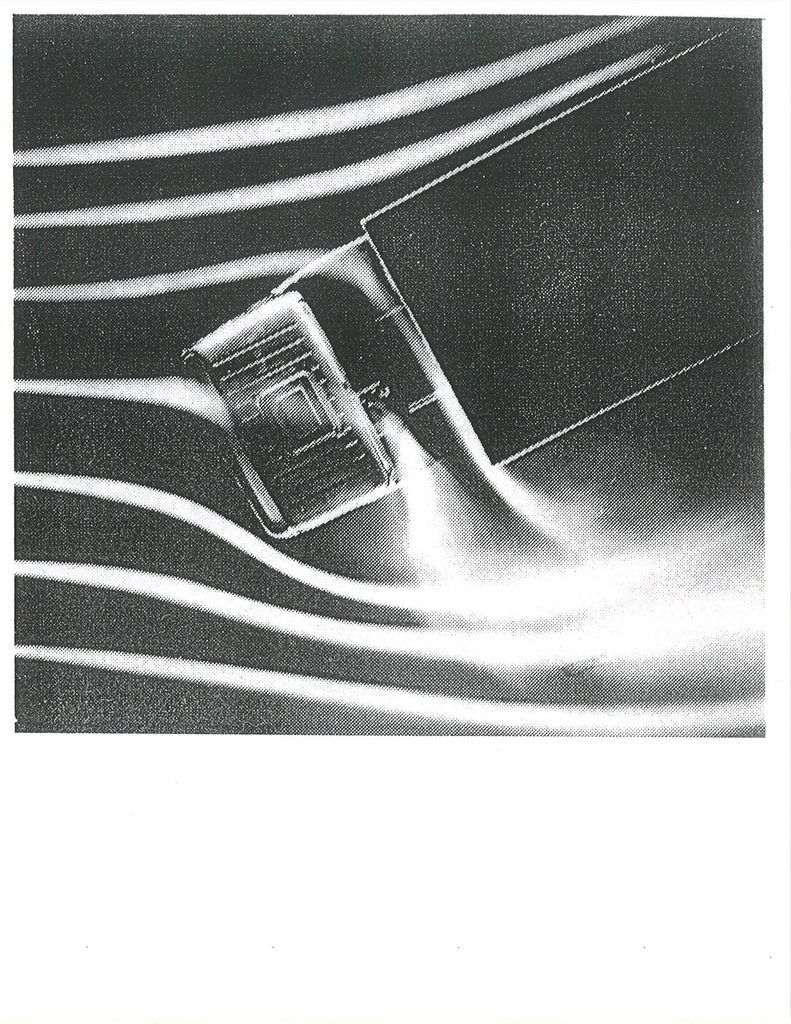
In the calm condition,if the box was at least 1.6X the box width,there'd be reattachment with zero mods,but we'd have to pay continuously for the vorticity.
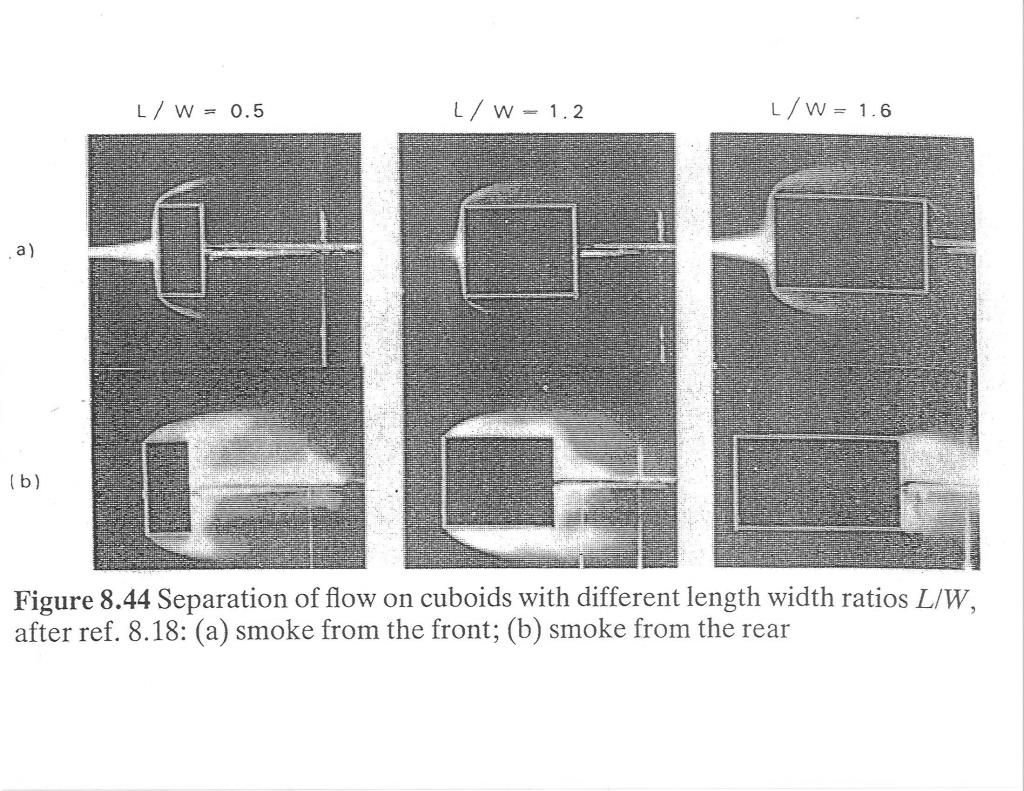
With no crosswind,a leading edge radius equal to around 4-5% of the box width would be adequate to kill the separation
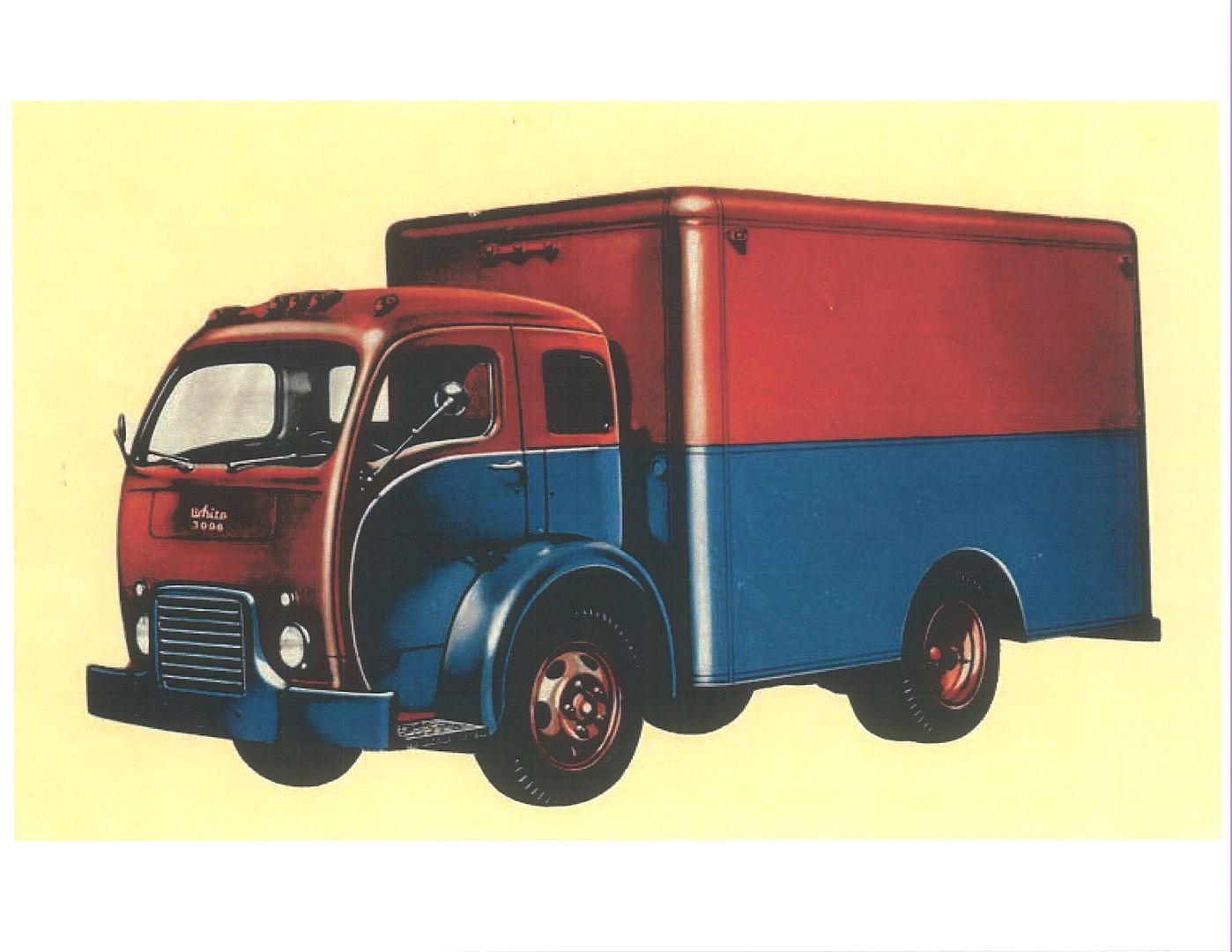
With crosswind,it's been determined with wind tunnel testing,that a 'bulbous',or 'oval' leading surface has the lowest drag for anything below 250-mph
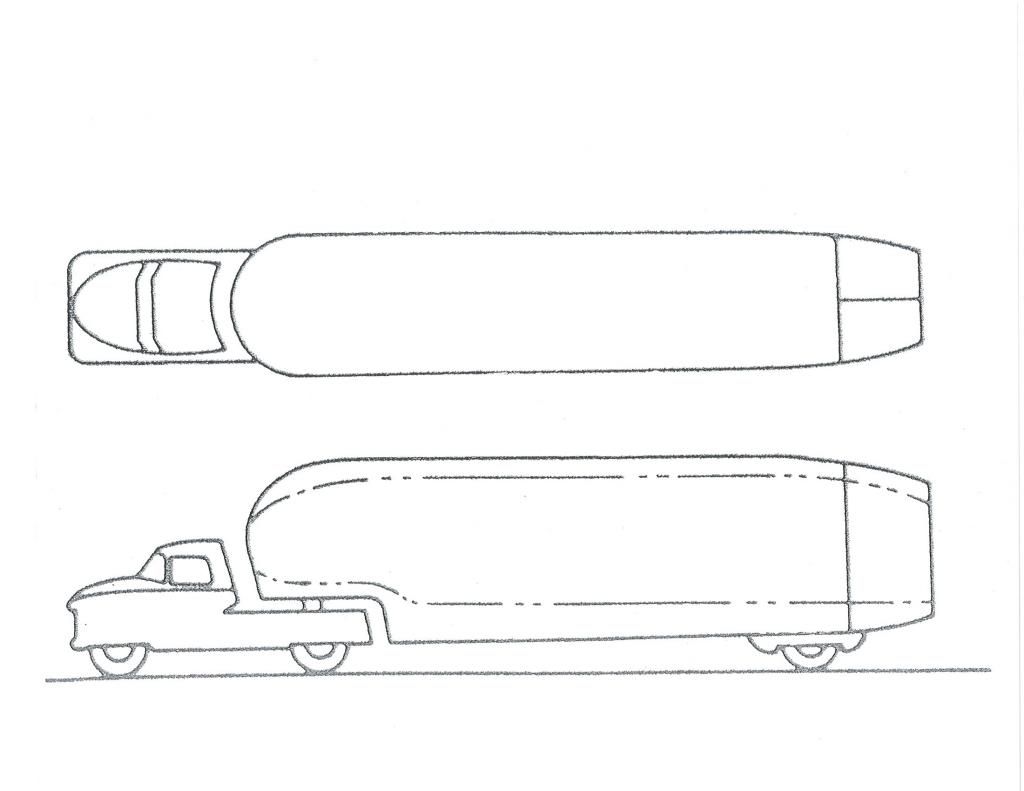
Here you can see what softening the front of a van did for the drag
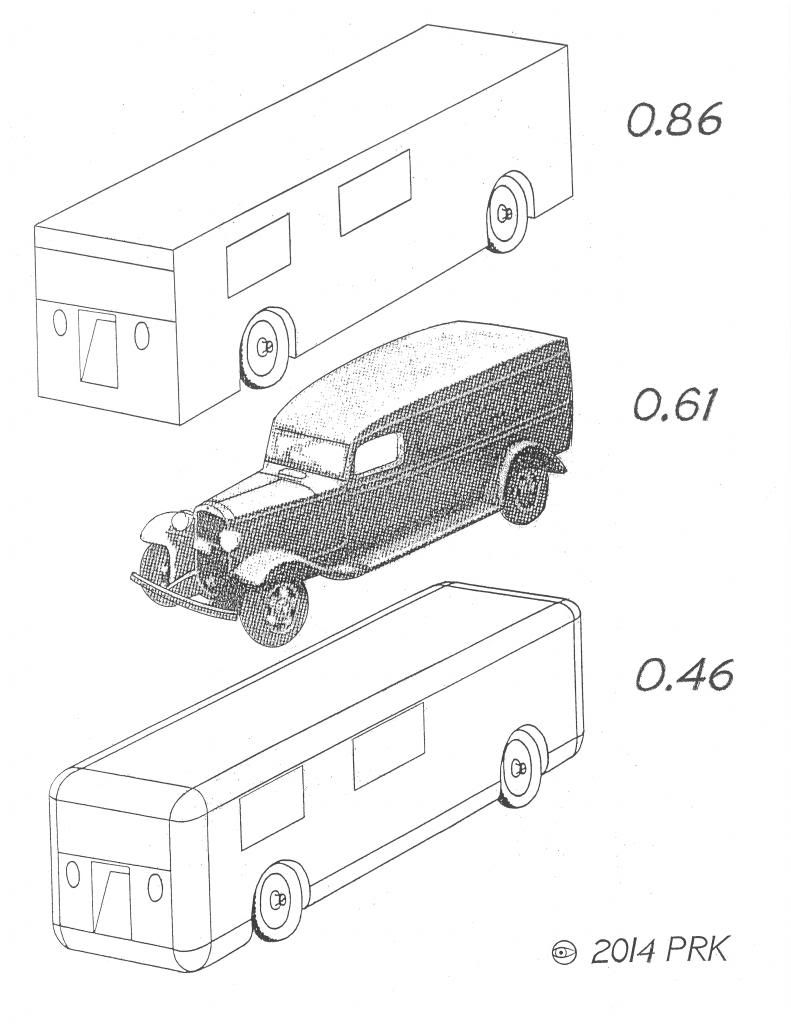
Here is a progression of drag as a function of leading edge softening and gap control which General Motors evaluated in 1963 at Cal Tech





The bulbous nose is the most complicated and expensive to produce,but aerodynamically,it has no peers.
Lower right
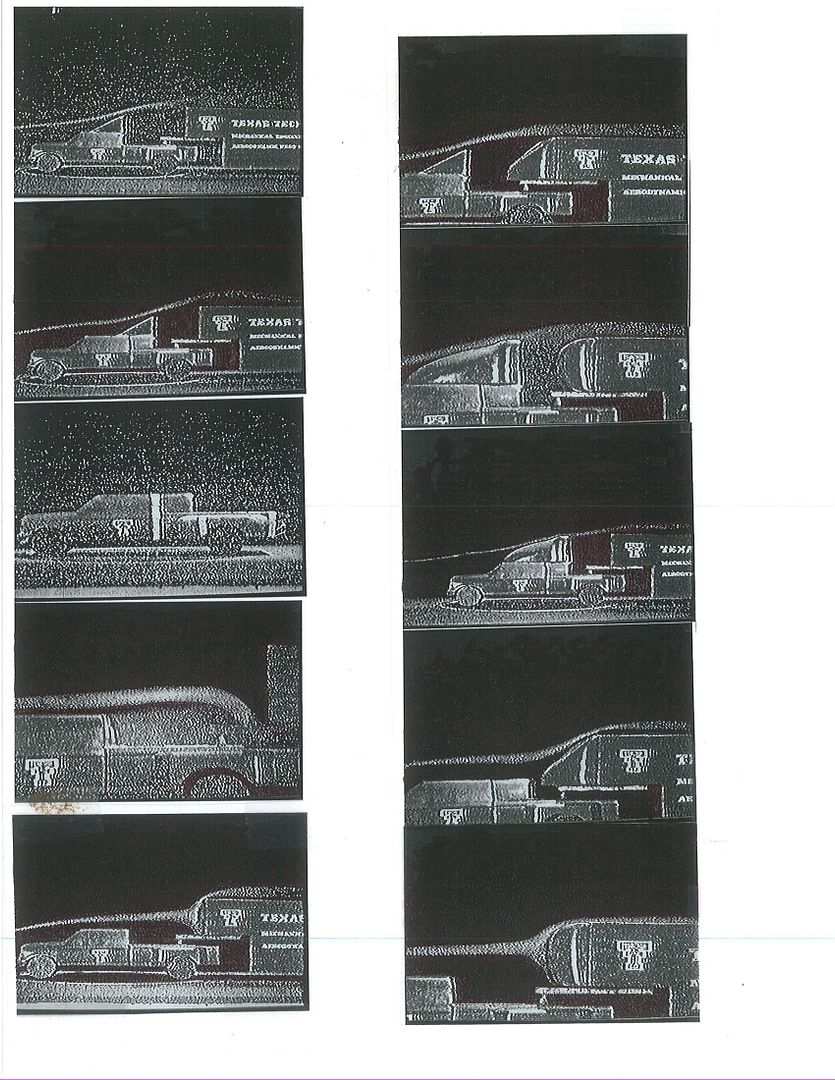

__________________
Photobucket album: http://s1271.photobucket.com/albums/jj622/aerohead2/
Last edited by aerohead; 12-22-2015 at 04:20 PM..
Reason: add image
|
|
|

|
|
The Following 2 Users Say Thank You to aerohead For This Useful Post:
|
|
 12-22-2015, 04:49 PM
12-22-2015, 04:49 PM
|
#30 (permalink)
|
|
EcoModding Lurker
Join Date: Oct 2012
Location: chicagoland
Posts: 24
Thanks: 11
Thanked 11 Times in 7 Posts
|
Quote:
Originally Posted by aerohead

...
...In the calm condition,if the box was at least 1.6X the box width,there'd be reattachment with zero mods,but we'd have to pay continuously for the vorticity...
...With no crosswind,a leading edge radius equal to around 4-5% of the box width would be adequate to kill the separation...
...With crosswind,it's been determined with wind tunnel testing,that a 'bulbous',or 'oval' leading surface has the lowest drag for anything below 250-mph...
...The bulbous nose is the most complicated and expensive to produce,but aerodynamically,it has no peers...
|
And there I have it! THANK YOU for the info, patience. Best I stuff a big ovate bulb or radii on the leading edges. Simple and robust, and then just complain about the weather.
__________________

|
|
|

|
|
The Following User Says Thank You to bluebunny For This Useful Post:
|
|
|